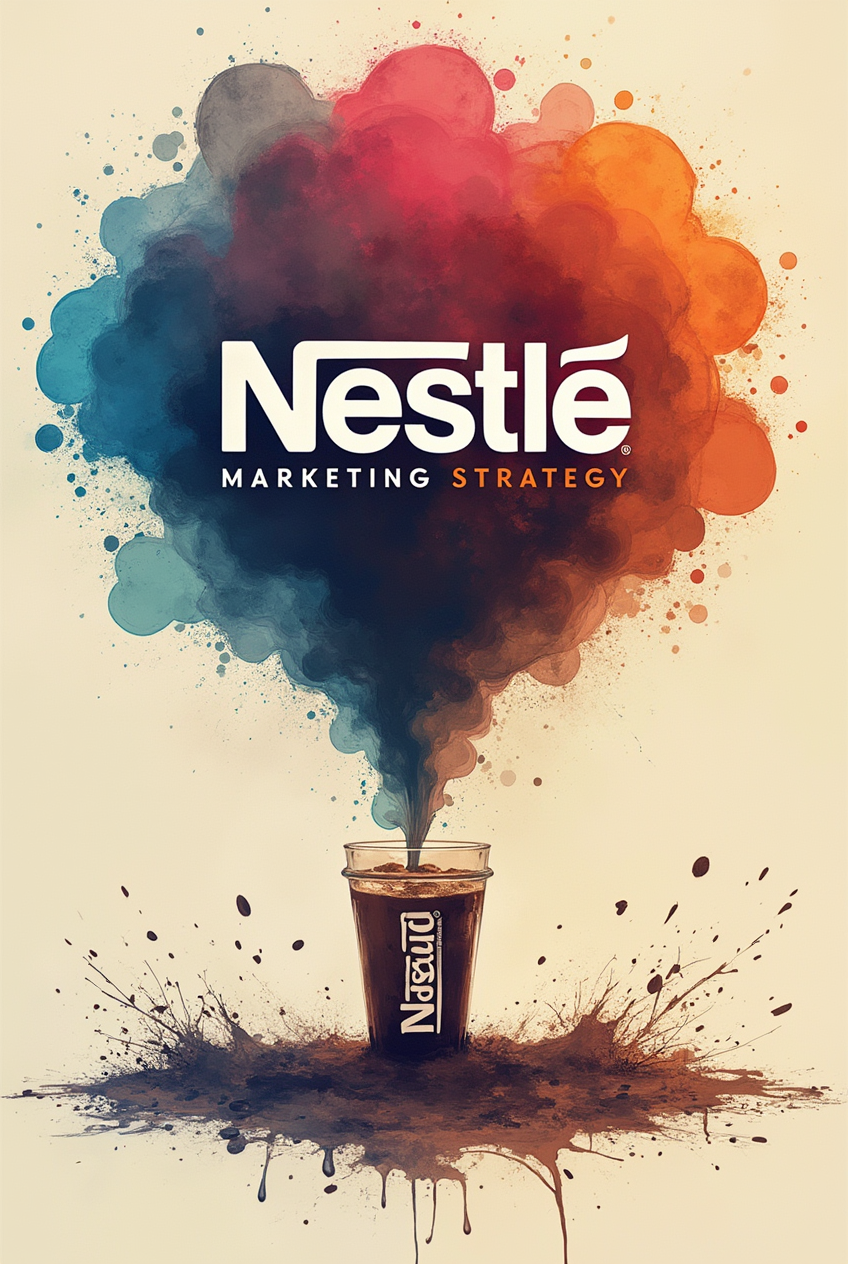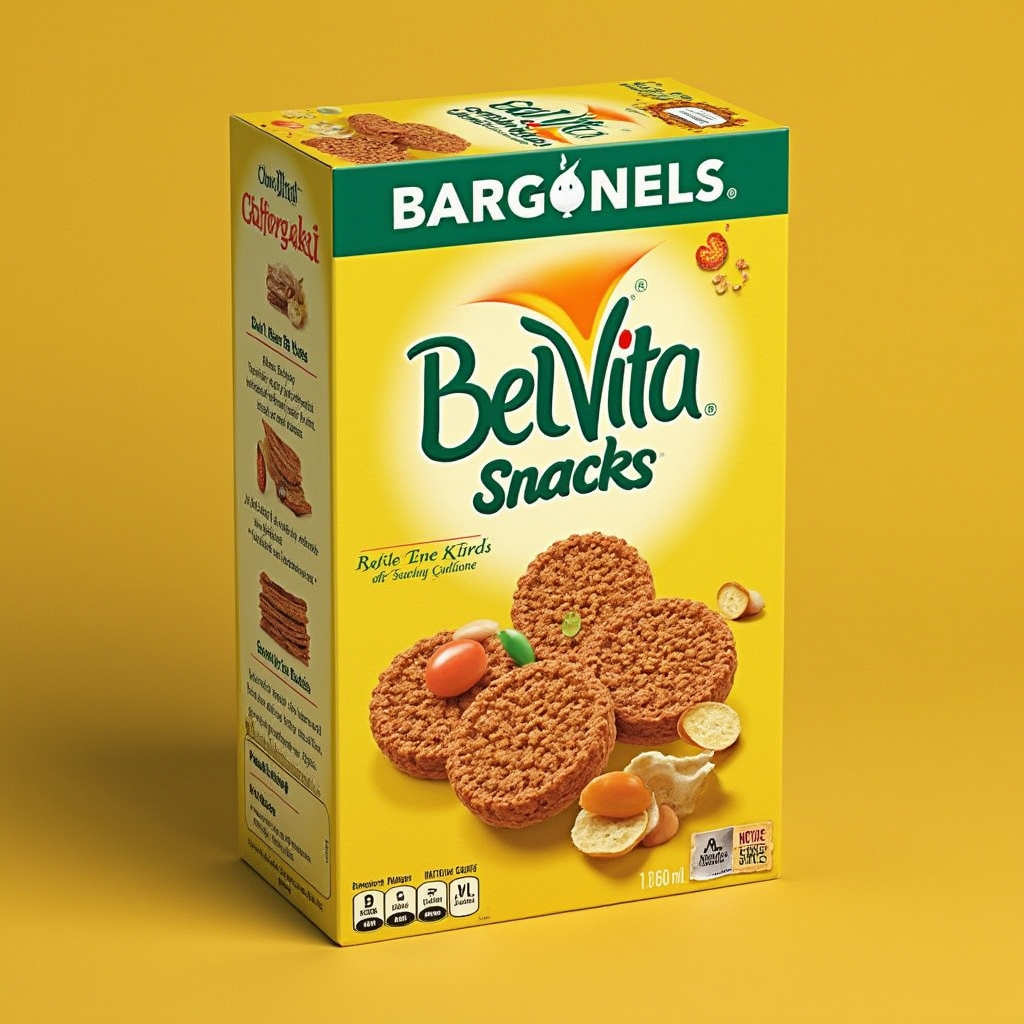Metcash stands as a key player, championing the growth of independent retailers through a unique and effective marketing approach. From leveraging cutting-edge digital transformation to fostering deep community engagement, the Metcash marketing strategy has become a model of resilience and innovation. But how does this wholesale giant support thousands of local businesses while staying competitive in an increasingly digital world? Dive into Metcash’s marketing playbook and discover the strategies that have made it a driving force behind Australia’s retail success.
Table of Contents
1. Understanding the Core of Metcash Marketing Strategy
Metcash marketing strategy revolves around empowering independent retailers across Australia by offering robust operational, pricing, and promotional support. As a wholesale distributor serving food, liquor, and hardware sectors, Metcash’s primary goal is to enable these stores to compete with larger chains by providing the tools necessary for success.
A Multi-Sector Approach to Retail Support
Metcash supports its independent retailers through several key areas:
- Merchandising Support: Ensuring that retailers are equipped with the right products that cater to their local communities.
- Operational Efficiency: Offering tools and resources to streamline store operations, ensuring each store can function effectively and deliver consistent value.
- Marketing Assistance: Helping stores run local campaigns that resonate with their audience, allowing them to stand out in their respective towns.
This multi-sector approach underpins Metcash’s efforts to empower retailers to become “the best store in their town,” a central theme in its marketing.
2. Social Media and Real-Time Engagement: Connecting with Stakeholders
In today’s interconnected world, social media has become a cornerstone of effective marketing. Metcash marketing strategy has embraced this trend by establishing a strong presence across platforms like LinkedIn and Twitter, fostering real-time dialogue with a wide range of stakeholders.
Building Stakeholder Relationships
Through social media, Metcash engages key stakeholders such as:
- Shareholders and Analysts: Providing real-time updates and insights into company performance.
- Government and Regulators: Ensuring transparent communication about industry regulations and business practices.
- Customers and Communities: Offering promotions, updates, and community-focused content that engages local audiences.
Risk Management in Social Media
Metcash also employs a risk mitigation matrix to manage potential social media challenges. This proactive approach ensures that any reputational or operational risks are quickly addressed, keeping its brand image strong and trustworthy.
3. Competitive Pricing and Promotional Strategies
Metcash’s competitive edge is largely driven by its pricing strategy, which balances affordability for consumers with profitability for retailers. To achieve this, Metcash implements several pricing programs aimed at maintaining competitiveness in an increasingly cost-sensitive market.
Key Pricing Programs:
- Low Prices Every Day (LPED): This program ensures that over 3,000 products maintain stable prices for at least 13 weeks, offering predictability to customers and retailers alike.
- Promotional Pricing Programs: Metcash supports its retailers through catalogues, online ads, and loyalty programs that highlight promotional offers.
- Price Match Program: In a bid to keep independent retailers competitive, Metcash allows them to match the prices of comparable products found at major supermarkets, giving local stores a fighting chance against retail giants.
By focusing on pricing programs like LPED and Price Match, Metcash enables retailers to offer competitive prices without sacrificing margins, helping them attract price-sensitive customers while maintaining profitability.
4. Brand and Product Differentiation: Balancing Private Labels and Branded Goods
Metcash marketing strategy involves a dual approach to product offerings. While the company promotes private label products like Black and Gold and Community Co, its primary focus is on branded goods that offer competitive pricing and build stronger relationships with suppliers.
Private Labels vs. Branded Products
- Private Labels: These provide Metcash with higher margins and allow independent retailers to offer unique, affordable options that differentiate them from major chains.
- Branded Products: Metcash emphasizes branded goods to ensure competitive pricing and favorable terms with suppliers, further enhancing the value proposition for both retailers and consumers.
This dual-product strategy not only enhances product differentiation but also strengthens Metcash’s position in negotiations with suppliers, ultimately benefiting its retailers and consumers alike.
5. Digital Transformation: Leveraging Technology for Growth
In recent years, Metcash’s digital transformation has become a central pillar of its marketing strategy, enhancing both operational efficiency and customer engagement. By investing in data analytics and innovation programs, Metcash is driving forward in a retail industry that increasingly depends on digital solutions.
Key Areas of Digital Focus:
- Data-Driven Decision Making: By utilizing advanced analytics, Metcash enables its retailers to make informed decisions about inventory, pricing, and customer trends.
- Customer Engagement: Through enhanced digital platforms, retailers can engage more effectively with their customers, providing personalized offers and communication.
- Technology Initiatives: Metcash’s focus on innovation helps improve operational processes, leading to cost savings, better customer service, and enhanced productivity for retailers.
With digital transformation as a critical component of the Metcash marketing strategy, the company ensures that its independent retailers stay competitive in an increasingly digital marketplace.
6. Local Advertising and the Retail Media Network: Tapping into Community Power
As part of its evolving marketing approach, Metcash is developing a retail media network designed to target local advertising opportunities for communities and small businesses. This initiative is not only innovative but also financially rewarding, with potential annual benefits of $30 million.
Why Local Advertising Matters
- Localized Marketing: By focusing on local advertising, Metcash allows retailers to directly target their immediate communities, fostering stronger relationships with customers.
- Retail Media Network: This network provides a platform for local businesses to reach specific demographics, offering tailored advertising opportunities that resonate with local consumers.
Through this local focus, Metcash taps into the power of community engagement, making it a valuable partner for independent retailers aiming to build lasting relationships with their customers.
7. Community and Stakeholder Engagement: Supporting Local Businesses
At the heart of the Metcash marketing strategy is a strong commitment to community and stakeholder engagement. By providing ongoing support to its network of independent retailers, Metcash helps them thrive, ensuring the sustainability of local businesses in Australia.
Supporting Independent Retailers
- Operational and Marketing Support: Metcash provides independent retailers with the tools and resources they need to stay competitive, from training programs to marketing assistance.
- Community Focus: Metcash’s emphasis on local communities helps retailers build strong ties with their customers, enhancing their brand loyalty and long-term success.
Through consistent community engagement, Metcash reinforces its role as a key supporter of Australia’s independent retail sector, positioning itself as a vital partner in the local economy.
Conclusion: A Winning Strategy for the Future
The Metcash marketing strategy is a finely tuned combination of digital transformation, competitive pricing, product differentiation, and community engagement. By focusing on empowering independent retailers and fostering deep connections with local communities, Metcash has positioned itself as a leader in Australia’s retail market. As it continues to evolve and embrace new opportunities, Metcash remains a powerful force driving the success of independent businesses across the country.
Through a well-rounded approach that blends innovation, customer-centric solutions, and localized marketing, Metcash’s future looks bright as it continues to lead the charge in supporting Australia’s independent retail landscape.










